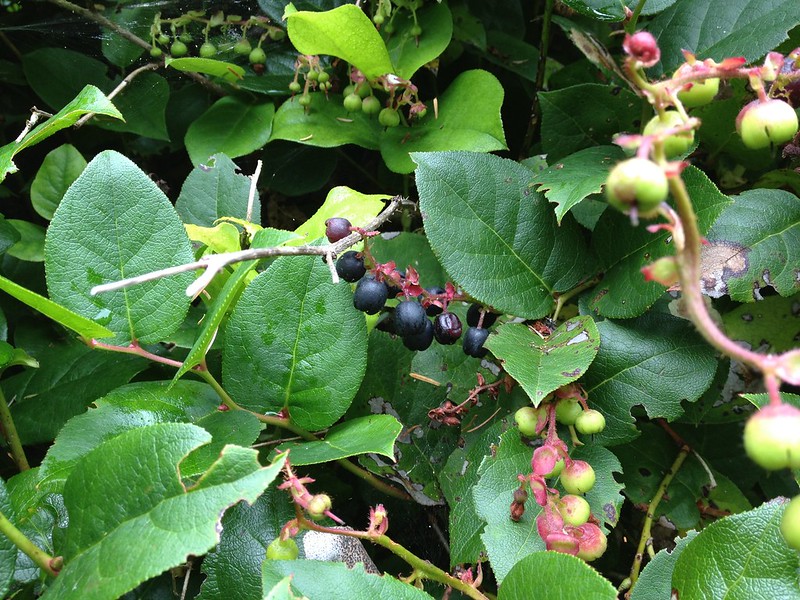Summer Forest Stewardship Tips

Summer is the perfect time for major forest management activities like thinning trees, controlling weeds and invasives, and maintaining roads. Performing these stewardship activities in the dry season when sap flow is low will reduce damage to residual trees while minimizing soil compaction and other effects on forest ecosystems.
Steward your forest
- Clear winter debris from roads and trails for recreation and forest maintenance access.
- Conduct pre-commercial and commercial thinning.
- Be sure to wait until mid-June when the sap flow slows down as the bark on your trees is more vulnerable to damage until that time.
- Birds tend to fledge through July, so forest owners who prioritize songbird habitat should schedule harvests for August and September. Go here for more tips on forestry with birds in mind.
- Try to wrap up any logging before October while the soil is still dry to minimize compaction.
- Look along streams for canopy gaps that expose stream reaches, and plan to plant these areas to restore shade. It is critical to keep streams shaded – salmon and other wildlife depend on cold water – learn more.
- Do any necessary road maintenance before the wet season – grass seeding can prevent erosion, and other BMPs can improve road longevity and lessen impact – learn more.
- Avoid pruning until July to avoid bark beetle infestations, minimize downed materials.
- Reduce fuel loads and minimize fire risk – learn more.
- Pull slash along roads and property boundaries.
- Pile or chip slash. Piles are a great option for creating habitat for wildlife! Learn more about creating habitat piles and down wood.
- Cut firewood early, so it has remainder of season to dry – learn more.
- Check out funding opportunities like EQIP and RCPP!
Tend your plants
- Double check cages around planted trees. Straighten cages and reset stakes.
- Check newly planted seedlings for drought stress. Water stressed plants – if possible.
- If you planted trees, early summer is the best time to cut back competing vegetation.
- Visual clue: once sword ferns have completely unfurled, most spring growth is over with. Don’t cut things back too early or they will regrow and compete with your seedlings and you’ll need to a second cutback.
- Check for noxious weeds like tansy, scotch broom, and holly and pull them before they flower or seed.
- If necessary, apply the appropriate herbicide to knotweed, purple loosestrife, and other resilient weeds later in the summer when plants will take herbicide down to their roots – learn more.
- Enjoy the bounty of edible plants like salmonberries, salal, oxalis, and Oregon grape.
Header image by Sam Beebe via Flickr.

Leave a Reply